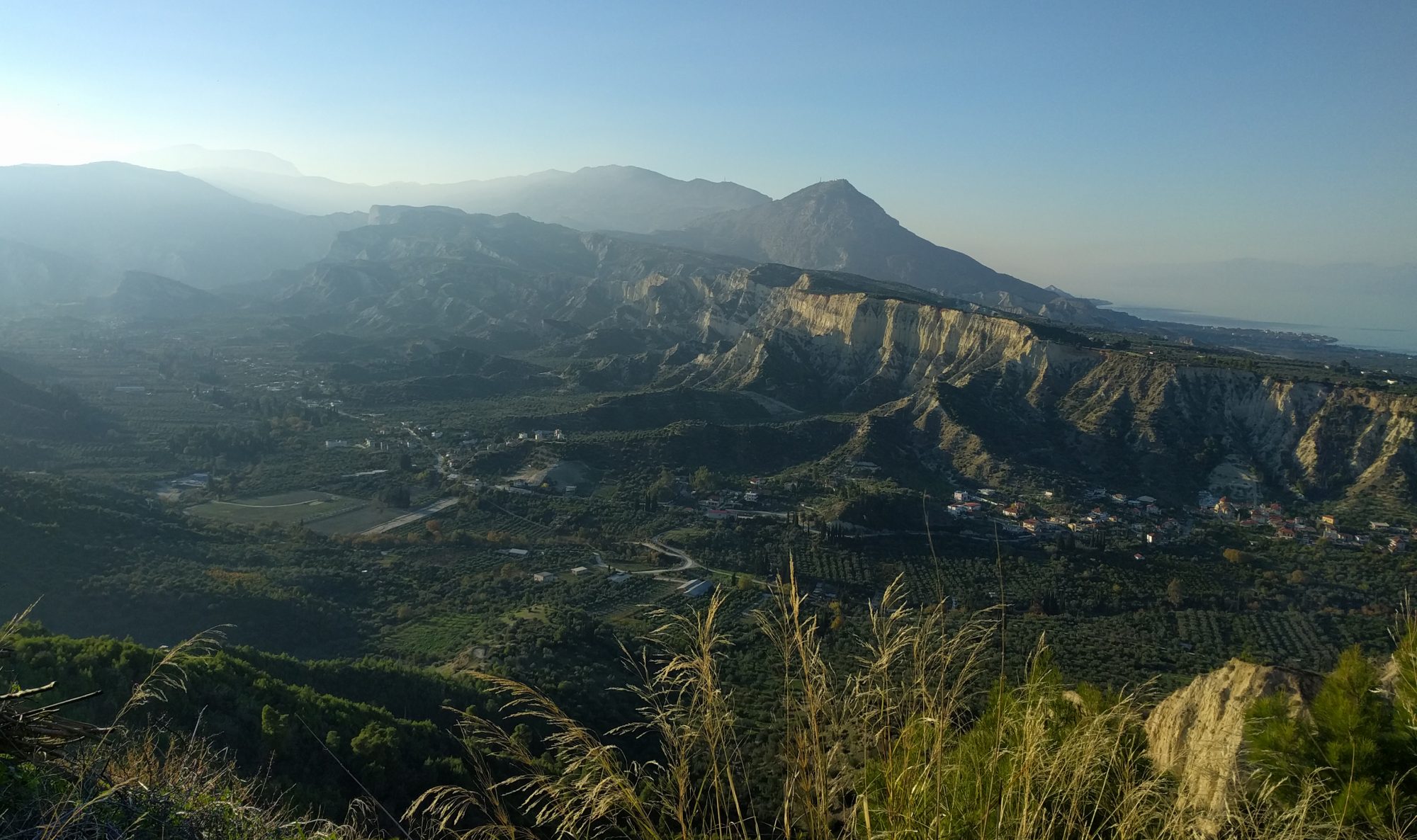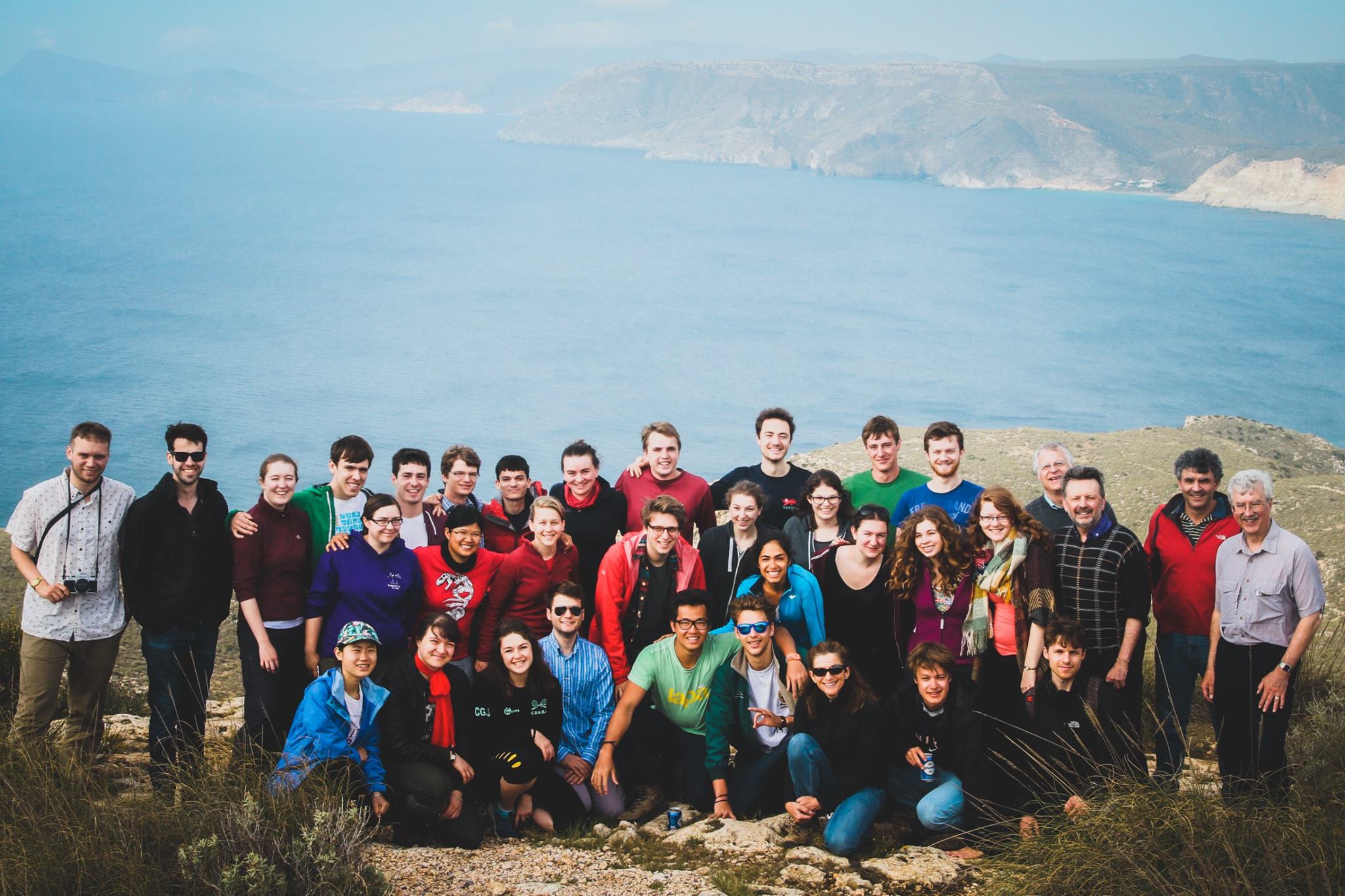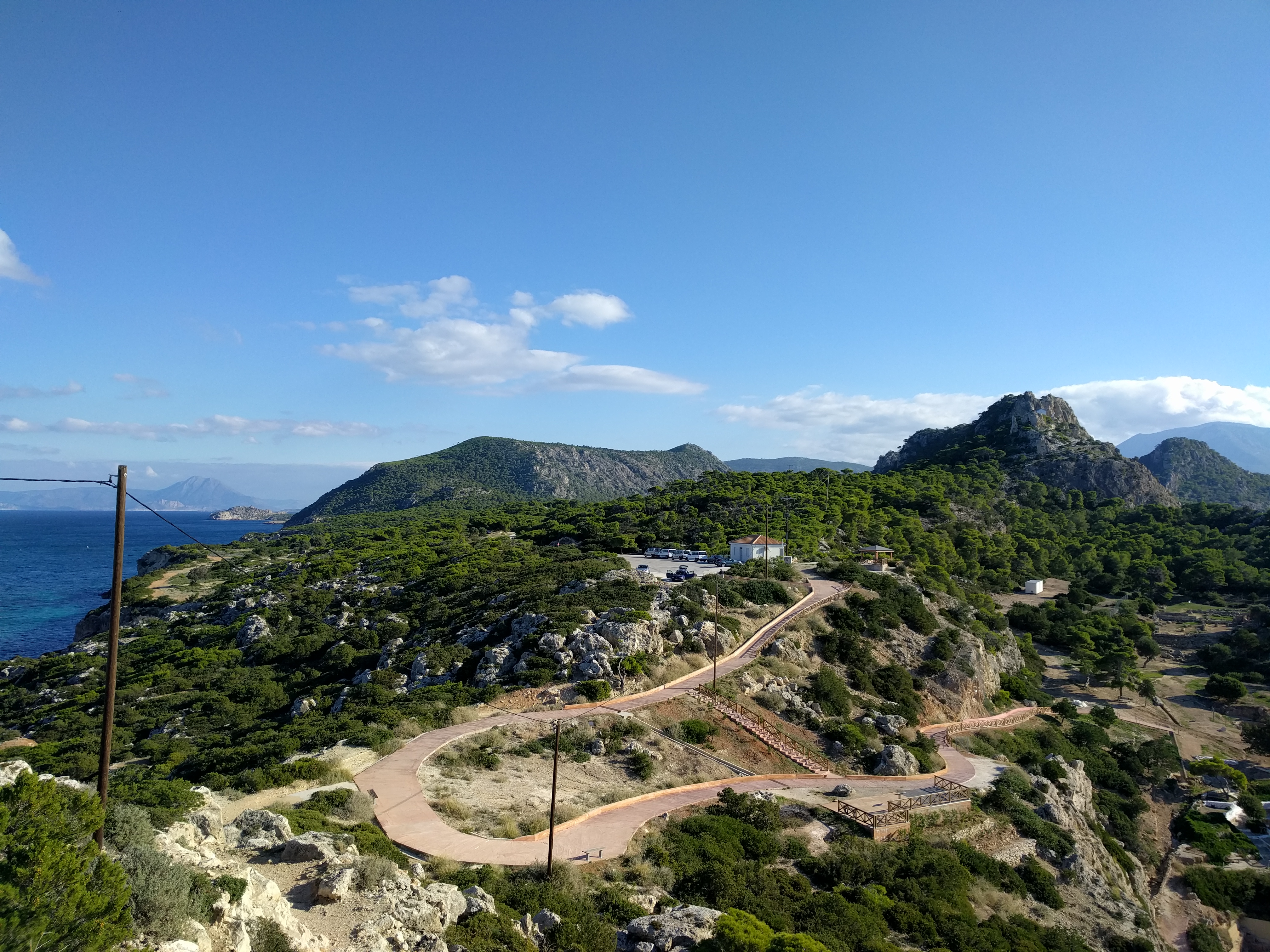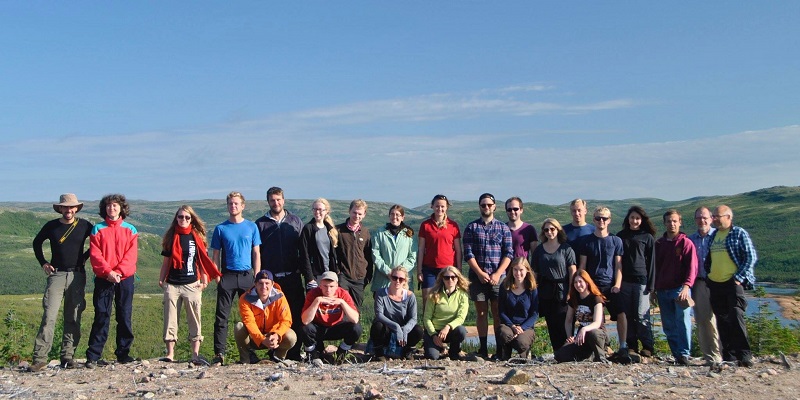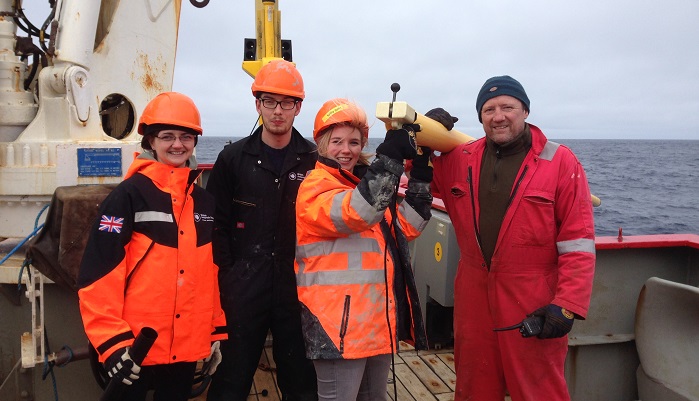Day 1 – Off we go!
I’d never been to any part of the southwest so I was very much looking forward to my second Earth Sciences Department field trip – third if we count an afternoon at Ketton Quarry. My first big trip had been to Arran the previous year, to my mind it would take a lot to surpass that experience. This account will contain little to no geological verbiage in order not to bring shame to myself or the department.
Continue reading “Impressions from ‘not a geologist’ – the Dorset section of the 1B South West trip”
